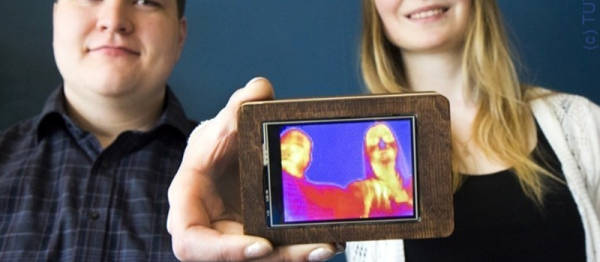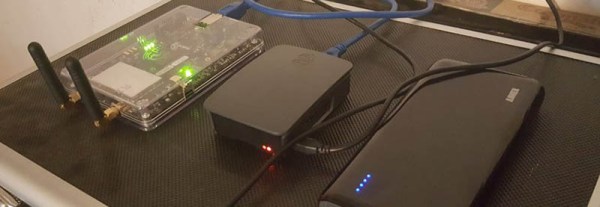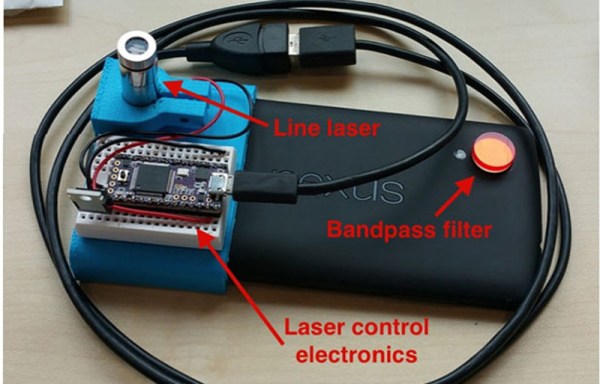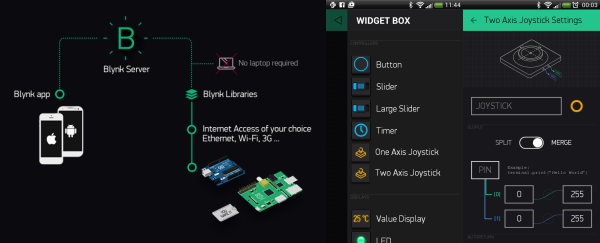We wish we had [Karri Palovuori] for a professor! As an exciting project to get incoming freshmen stoked on electrical engineering, he designed a DIY thermal-imaging smartphone that they can build themselves. It’s all built to fit into a sleek wooden case that gives the project its name: KAPULA is Finnish for “a block of wood”.
It’s just incredible how far one can push easily-available modules these days. [Karri] mounts a FLIR Lepton thermal camera, an LPC1768 Cortex M3 ARM micro, a GSM phone module, and a whole bunch of other cool stuff on a DIY-friendly two-sided board. The design uses 10 mil (0.25mm) trace and space, which is totally achievable with home etching methods. Copper wire bits fill up the vias. Did we mention he’s making the students do all this themselves? How awesome is that?
[Karri] expects that the students will tweak the software side of things. With additional onboard goodies like an accelerometer, microphone, speaker, SIM card, and USB, it’s not likely that they’ll get bored with the platform. He has a stretch hope that someone will take the hardware and modify it. That’s ambitious for sure, but it’s so cool that someone could.
We’ve seen some sophisticated DIY cellphones before, but this one rises above by being easily DIYable and including awesome extra features. Order parts now, and start etching. You could be sending thermal-photo tweets inside of just a few days.




















